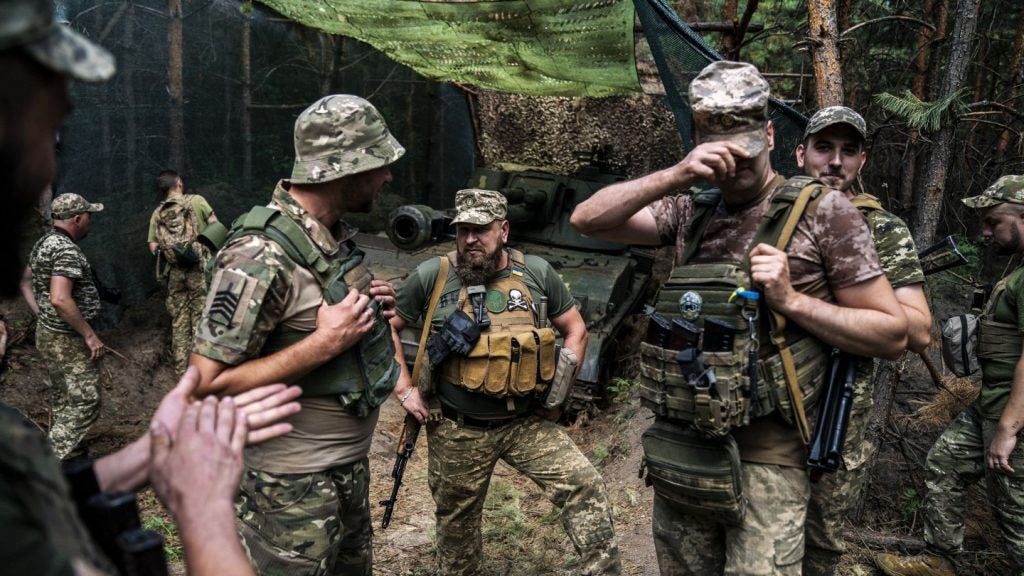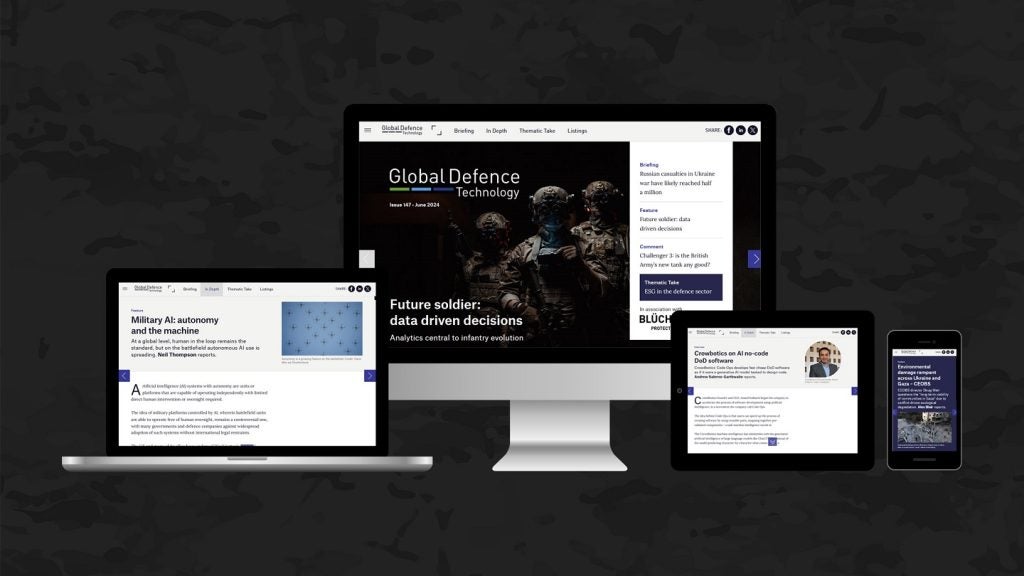
Speaking to Naval Technology, Northrop Grumman’s Fire Scout maritime mission expansion lead Dan Redman said: “We believe the future is to use our money to get a production version ready. In the coming months, this year, instead of working prototypes, now we’re actually moving towards the real production, design, and implementation of our system.
“We’re going to be looking at the full size, 20 or more buoy launcher, the connections and interfaces that we need and working on hardware benches so that we are ready for the first customer with a production system. And we can alleviate or hopefully eliminate quite a bit of that typical industry lead time to get a capability to a customer.”
Redman’s comments followed the announcement of a successful demonstration, held on 29 October 2020, which saw a modified, crewed Bell 407 helicopter act as a Fire Scout helicopter in a simulated ASW exercise.
The Fire Scout surrogate carried G-sized sonobuoys, receiver and processor made by UK-based Ultra Electronics in the first example of a vertical take-off surrogate uncrewed aerial system (VTUAS) being used to undertake a large area multistatic acoustic search.
Northrop Grumman and Ultra held the demonstration using internal funds. During the demonstration, the aircraft tracked the target vessel dropping sonobuoys, processed data onboard the aircraft and then transmitted it to a ground station.
As the UAS was controlled from the ground, Redman said it had the added advantage of making it easier to share data from the aircraft’s acoustic sensors and its forward-looking infrared (FLIR) picture – in this case putting it directly onto Zoom allowing users across the world to monitor the demonstration in real-time.
How well do you really know your competitors?
Access the most comprehensive Company Profiles on the market, powered by GlobalData. Save hours of research. Gain competitive edge.

Thank you!
Your download email will arrive shortly
Not ready to buy yet? Download a free sample
We are confident about the unique quality of our Company Profiles. However, we want you to make the most beneficial decision for your business, so we offer a free sample that you can download by submitting the below form
By GlobalDataIn a real-world operation, Redman said a Fire Scout UAS would be able to carry a payload of up to 40 sonobuoys which when combined with the systems 12-hour flight duration and 100-mile range would allow for it to conduct long-duration searches.
Redman added that Northrop Grumman was currently working to install Leonardo’s Osprey 30 Radar onto the Fire Scout meaning that the UAS could be launching sonobuoys to monitor the subsurface environment, while also building a surface picture for a ship. Using Fire Scout for ASW operations would also have the added benefit of freeing up a ship’s crewed helicopter for other operations.
 MQ-8C Fire Scout. Image: Northrop Grumman.
MQ-8C Fire Scout. Image: Northrop Grumman.
Redman said: “With all unmanned systems there is a learning curve and a shift in the thinking of how do you use these? It started out pretty basic; you may have heard things like dull, dirty, and dangerous, that these were the capabilities unmanned systems were good at. This certainly fits in that.
“I hate to call ASW dull, but it’s putting a pattern out there, you’re looking for that needle in a haystack, and it takes a long time. That is really the benefit of that unmanned system and doing these sorts of demonstrations both help us understand what the system can do and how the system can best be used.”
During the demonstration, the aircraft carried Ultra’s SSQ-955 High Instantaneous Dynamic range Analysis and Recording (HIDAR) sonobuoys, a G-sized system measuring just under 42cm and weighing 5.6kg.
The Ultra sonobuoys also feature a radio-frequency identification (RFID) technology in the pod, meaning the depth can be recalibrated inside the pod. During a 12-hour mission, weather patterns could change dramatically and affect the utility of sonobuoys calibrated pre-mission. The wireless capability removes the need for the aircraft to return to the ship, reset its buoys, and then return to the mission.
Redman added that the capability could also take advantage of crewed-uncrewed teaming, adding: “We can sit out there for quite a while monitoring that [sonobuoy] and we feel that the value of an unmanned system is the persistence and endurance to be out there, monitoring that field. When we see teaming come in, is when we get contact, we can monitor the contact we can stay up higher. we have a radar now so we can monitor the surface picture.
“The manned helicopter with shorter endurance can come out, investigate the target contact, identify it, and then provide whatever effect the battle group commander or the ASW commander wishes to do at that time. That’s how we see the teaming work and the value of an unmanned system.”
Northrop Grumman sees expanding potential in the UAS market due to many factors including the effect of Covid-19 on defence budgets, ageing fleets and the need for navies to reconstitute capabilities. This led to a focus on developing the UAS ASW capability.
MQ-8C Fire Scout is based on the airframe of the commercial Bell 407 helicopter, can autonomously take-off and land on any aviation-capable ship or prepared and unprepared landing sites.






